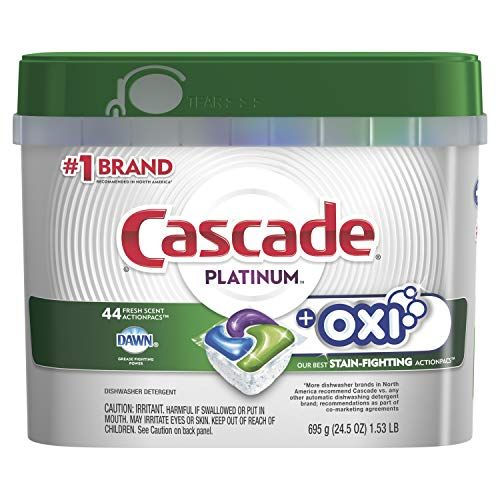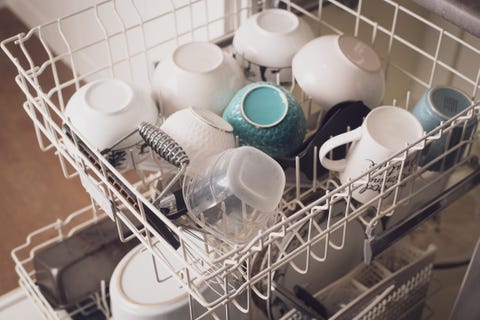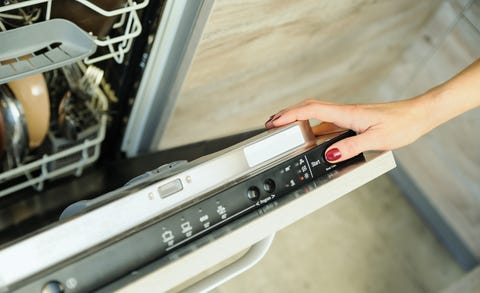We’ve all been there: You’re unloading the dishwasher, anticipating spotlessness, when you feel a rogue piece of crud stuck on what was supposed to be a clean dish (cue the “eww!”). Now you have to break out the sponge, the brush, or—the horror—your fingernails to chisel off god-knows-what before putting that dish back in the washer like it’s Groundhog Day. What just happened?
It turns out some foods can morph into real cleanup bugaboos. Starchy items like oatmeal and mashed potatoes dry up and stick to dishes like glue; cheese can easily coalesce into a gooey mess that’s tough to rub off; and burnt-on clumps can be a downright nightmare that no amount of scraping seems to eliminate. Plus, in addition to stuck-on food, your meals can leave behind food residue that you can’t even see.
Before you rearrange your bank account to dig up new dishwasher funds, consider this: with a few simple tweaks to your routine (and a powerful cleaning agent, like Cascade Platinum + Oxi), you can get spotless dishes on the first cycle. For squeaky-clean plates, bowls, and utensils, follow these no-hassle steps.
Step #1: Scrape Off Food
The golden rule of dish cleaning: tackle messes before food has a chance to get crusty. As long as you’re using a quality detergent, there’s no need to go to town on the scrubbing before you put your dishes in the washer (unless, of course your goal is a bicep workout). Instead, just scrape large chunks of food off plates and bowls before loading them into the machine. It’s good for the washer, too: leftover debris can clog your dishwasher’s filter and cause grimy water and food particles to recirculate in the load.
Step #2: Correctly Position Dishes
When it comes to loading up your washer, careful placement can make all the difference. Cramming your dishes haphazardly can prevent items from getting the attention they need, and you could accidentally block the high-pressure water jets from doing their job of blasting off gunk.
Do you still have your dishwasher’s manual? If so, follow its recommendations for loading the machine (and pat yourself on the back—your handbook hoarding paid off!). Otherwise, place the messy sides of pots, pans, and casserole dishes downward and avoid stacking and overlapping items so that you don’t overload the machine and every surface gets thoroughly washed.
Step #3: Use the Right Detergent

The purpose of dishwasher detergent is to do all the dirty work for you. It should dissolve food residue and grease, eliminate germs, help water roll off of surfaces, and allow you to experience that satisfying feeling of seeing rows of sparkling clean dishware when you open the washer post-cycle. But not all detergents are created equal.
For best results, try Cascade Platinum + Oxi. The powerful ActionPacs combine detergent with stain-fighting agents, removing 99 percent of visible and invisible food residue.
The result? Your dishes are left with a deep, hygienic cleanliness you can see and feel—no pre-wash necessary. When you’re ready to run the machine, make sure both the detergent compartment and your hands are dry, then place an ActionPac inside.
Step #4: Select the Best Cycle
Dishwashers come with multiple wash options for a reason. For regular day-to-day use, a quick wash and rinse will often do the trick, but on other occasions you’ll need heavy-duty cleaning (think post Thanksgiving dinner). For tough jobs (looking at you, lasagna pan), choose the pots and pans cycle, or the longest wash cycle your machine offers. That way, it’ll give any coffee-stained, lipstick-printed, or grease-smeared tableware more time to come clean.
Source: Read Full Article

